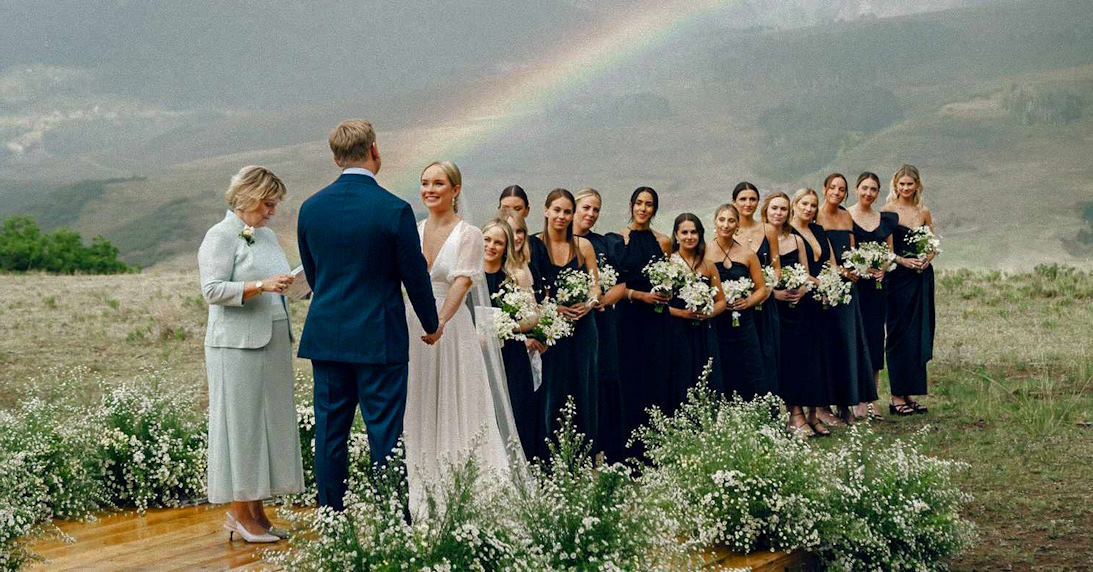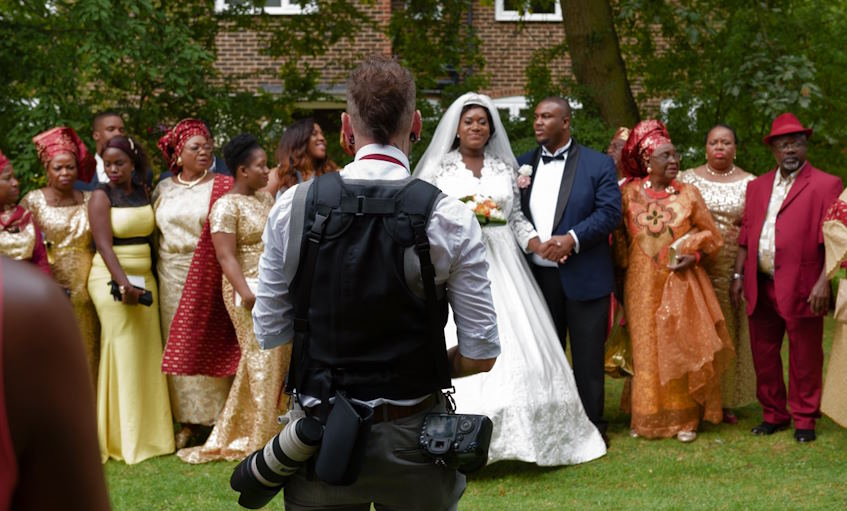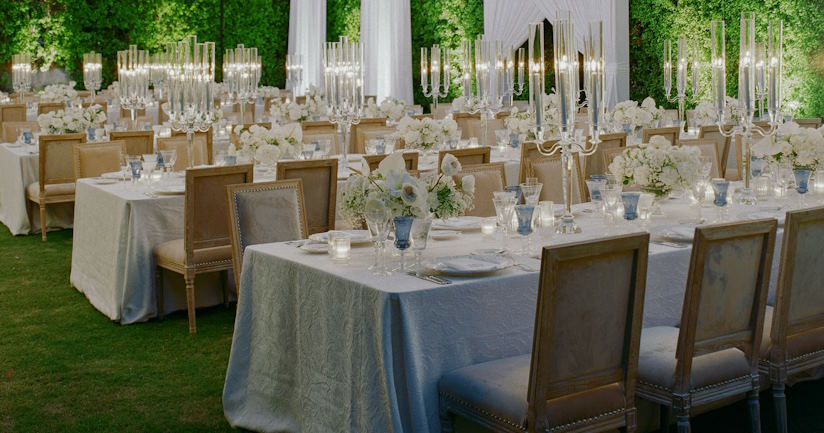Home » Events Planning Guide » Tips for a Smooth Wedding Event Photography Experience

The journey begins long before the shutter clicks, with initial consultations and venue scouting. Understanding the couple’s expectations and familiarizing oneself with the surroundings are crucial steps towards building a foundation for success. However, the photographer’s role extends far beyond technical prowess. It involves establishing a connection with the couple and their guests, navigating diverse lighting conditions, and smoothly managing the ebb and flow of the wedding day timeline.
Preparing for the Big Day
Communication is the cornerstone of a successful wedding photography experience. Initiate an open dialogue with the couple during the initial consultation. Discuss expectations, preferences, and create a comprehensive shot list together. Additionally, conducting a thorough venue scouting helps you familiarize yourself with the location, identify potential photo spots, and anticipate lighting conditions.

Essential Gear and Backup Plans
A well-prepared photographer is a confident one. Create a comprehensive camera equipment checklist, including cameras, lenses, and accessories. Always have backup equipment on hand to address unforeseen circumstances. An emergency kit with first aid for equipment, backup power sources, and extra memory cards is crucial for troubleshooting on the go.
Establishing a Timeline
Collaborate closely with the wedding planner to understand the overall schedule. Identify key moments for photography and create a realistic timeline. Building in buffer time for unexpected delays ensures flexibility and the ability to adapt to any unforeseen challenges.
Building Rapport with the Couple and Guests
A pre-wedding photo session is an excellent way to build rapport with the couple. Engagement photos not only provide valuable practice but also help the couple get comfortable in front of the camera. Interacting with wedding guests is equally important. Strive to strike a balance between candid and posed shots, capturing natural, authentic moments.

Navigating Challenging Conditions
Weddings can present challenging conditions, from varying lighting situations to unexpected weather changes. Be prepared to adapt and make the most of any circumstance. Whether handling difficult indoor lighting or mitigating the impact of rain or harsh sunlight, having strategies in place ensures you can still deliver exceptional photographs.
Staying Organized Post-Event
The work doesn’t end when the event does. Implement an efficient file management and backup system to safeguard your precious images. Regularly back up files for added security. When it comes to editing, establish a workflow that includes sorting and selecting the best shots. Collaborate with the couple to ensure the final edits align with their vision.



